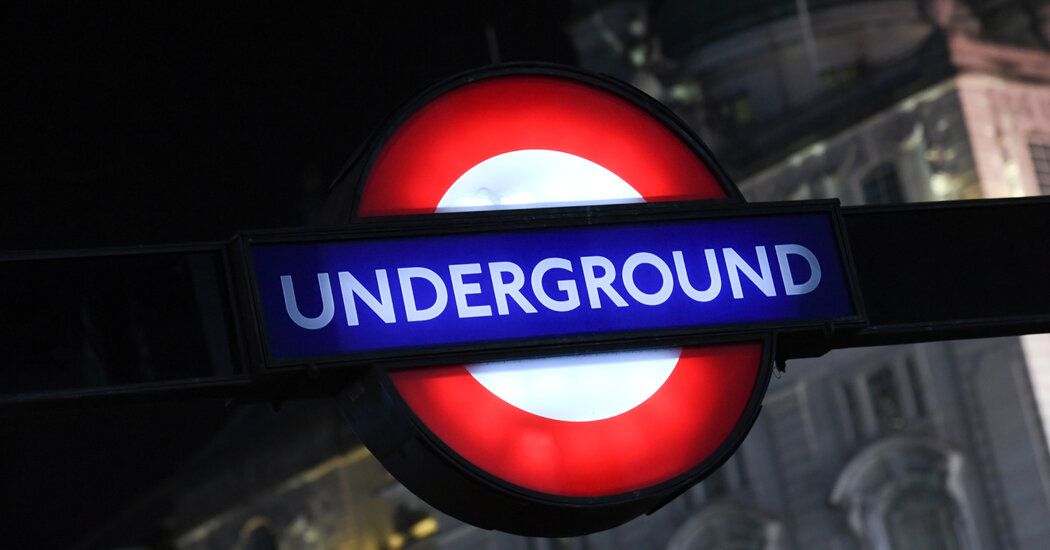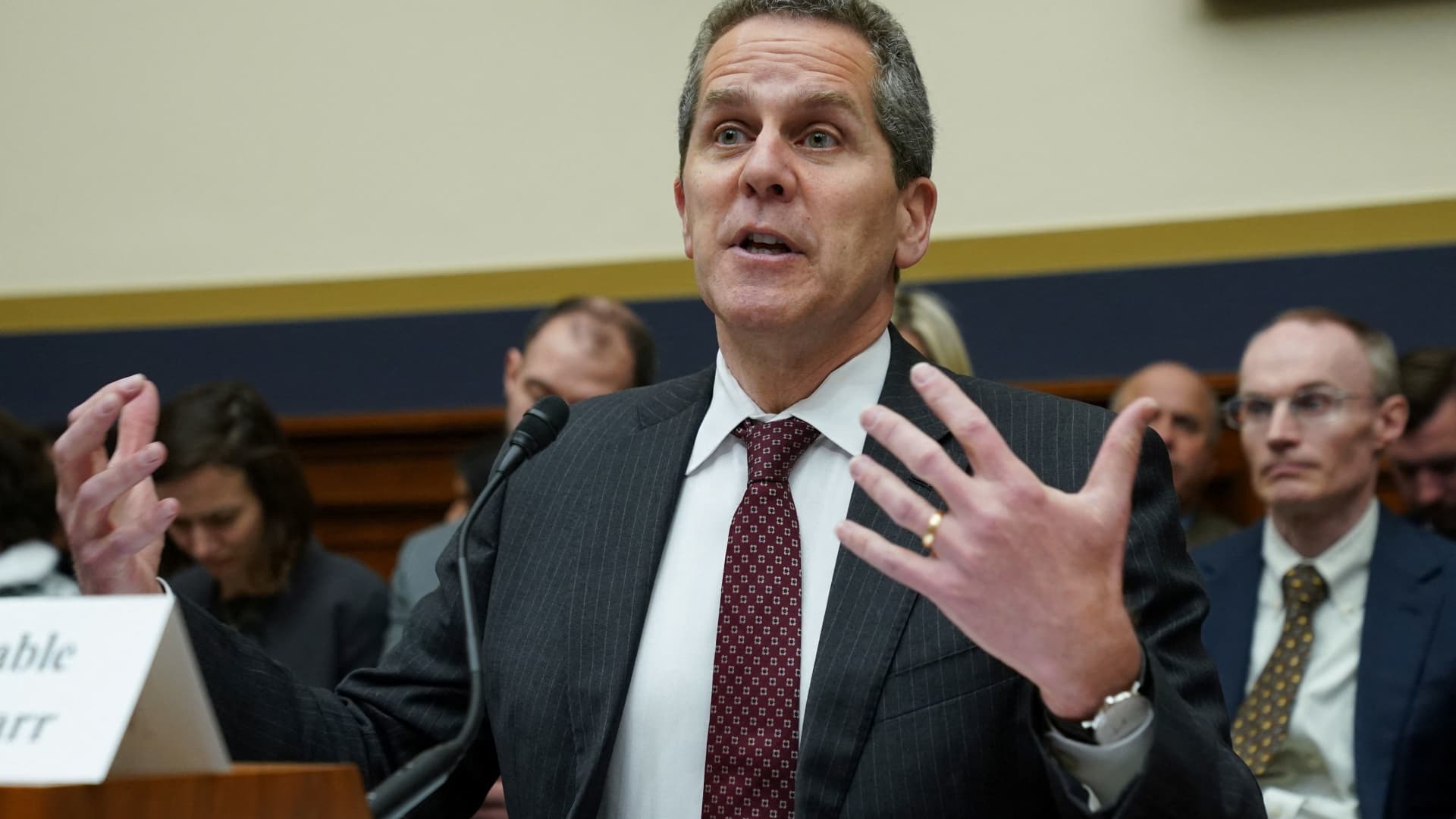Update: The Mayor of London announced on Sunday that the The planned strike on the Metro had been suspended.
Millions of London commuters are bracing for public transport chaos next week as strikes are expected to shut down the city’s underground system for several days.
The planned strikes will be so widespread that authorities are warning people to travel on the London Underground only if their journeys are “essential”.
Members of the National Union of Railway, Maritime and Transport Workers (RMT) announced the action over disputes relating to wages and working conditions.
This is what you should know.
What is expected to close?
Virtually the entire London Underground will offer “little or no service” for much of next week.
Train service will end early on Sunday, stop almost completely between Monday and Thursday and start later on Friday, January 12, according to Transport for London, which runs the city’s public transport system.
Metro staff members, including drivers and workers responsible for network control, signaling and station operations, will go on strike from this Friday until Thursday, January 11, according to the RMT union.
The closure will paralyze the main livelihood of the city’s commuters. The extensive subway network of more than 270 stations, covering approximately 400 kilometers, receives up to 4 million trips a day, according to the transit agency.
So how can people get around?
Other types of transportation will operate as normal, although they may be jammed with unusually large crowds.
Commuters can use the London Overground, which runs through most of London’s boroughs and other parts of greater London; the Docklands Light Railway, which serves the east and south-east of the city; and trams connecting southern parts of the city.
The recently inaugurated east-west Elizabeth line will also be in operation, connecting with part of the metro network and Heathrow airport.
But with pressure from more commuters who would otherwise take the subway, transportation authorities have warned people to prepare for crowds.
On the roads, buses will run normally next week. (Bus drivers have staged their own strikes over wages.) Commuters have also been encouraged to use various bike-sharing systems throughout the city or to walk.
Watch out for the (salary) gap.
The strikes are part of long-running tensions between the transport agency and the thousands of workers who keep trains and railways running in central Britain, and who have expressed discontent over pay after inflation took hold. shot last year.
Previous strikes caused unrest last year, with the union accusing transport authorities of allowing funding shortfalls to hit workers’ wages.
In its latest negotiations, the transportation agency offered its staff a 5 percent pay increase, which some workers in an independent union accepted.
But RMT members rejected it, arguing that the increase was below the rate of inflation and that the offer did not address other workers’ demands.
The strikes follow a “winter of discontent.”
Britain is no stranger to industrial action, but a spate of inter-industry disputes in 2022 propelled last winter’s strikes to a new level of national concern. When inflation soared to double digits, machinists planned strikes, as did nurses, postal workers and teachers.
Those strikes, commentators noted, echoed a “winter of discontent” of 1978 to 1979, when strikes paralyzed the country.
Last winter’s strikes, which converged and disrupted daily life in Britain for several months, eased somewhat last year as deals were negotiated. The government agreed to a deal that would give a pay rise to one million health workers, including nurses and paramedics. Garbage collectors, postal workers and bus drivers have also reached new agreements.
But there are still some deals to close.
Young doctors in England, for example, went on strike on Wednesday over pay and working conditions, leading to canceled appointments and surgeries.










